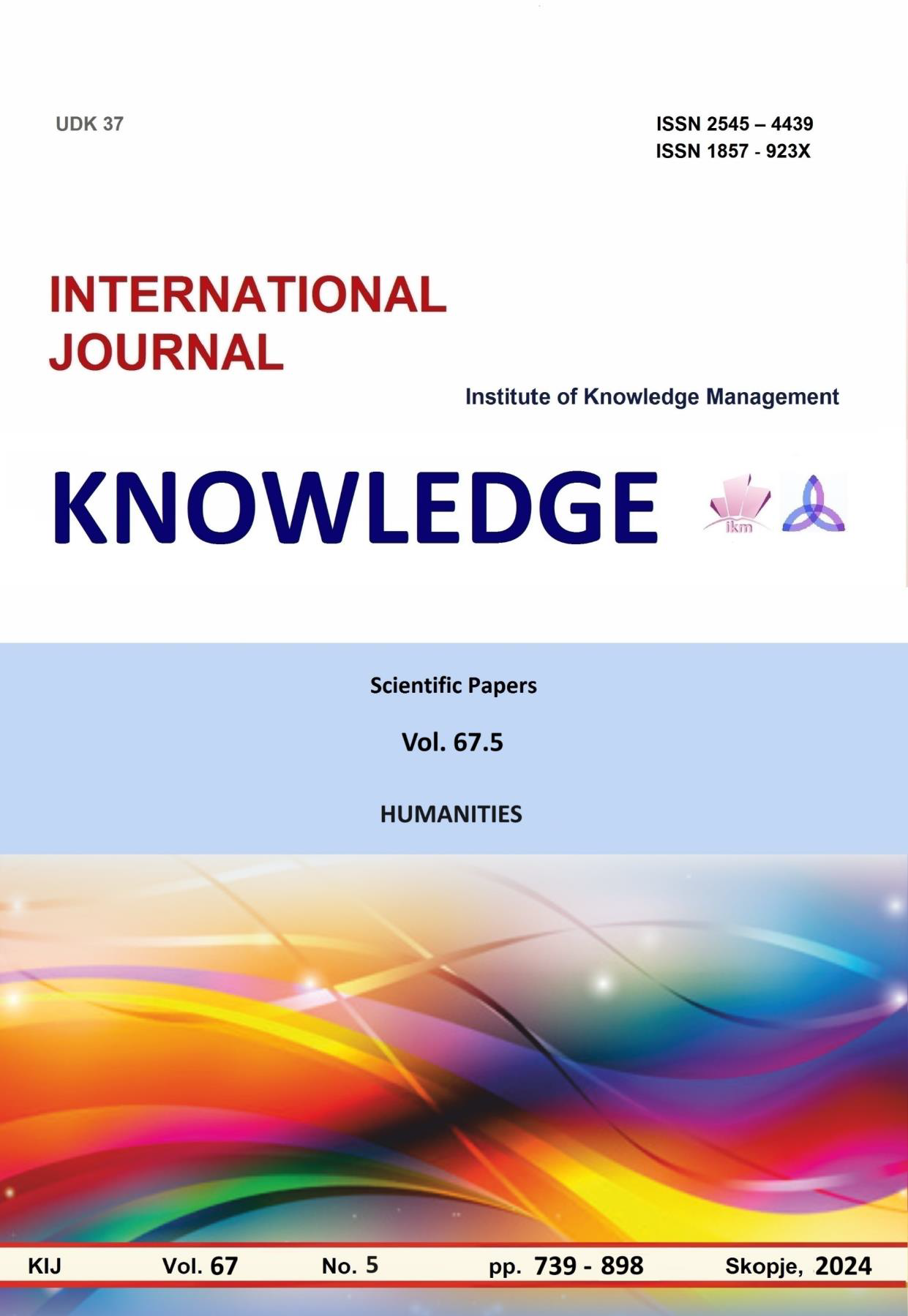FRANS KAFKA'NIN DÖNÜŞÜM ROMANININ ANLATIBİLİMİN ÖYKÜ ANALIZI YÖNTEMİYLE İNCELENMESİ
ANALAYSIS OF FRANS KAFKA’S NOVEL METAMORPHOSIS WITH NARRATOLOGY STORY ANALYSIS METHOD
Author(s): Seyhan M. Ibrahimi, Berna BeyogluSubject(s): Language and Literature Studies, Studies of Literature, Sociology of Literature
Published by: Scientific Institute of Management and Knowledge
Keywords: Metamorphosis;novel;story analysis;discourse
Summary/Abstract: This study examines the novel “The Metamorphosis” by Franz Kafka using the story analysis method in Manfred Jahn’s narratology. Manfred Jahn’s narratology aims to examine the basic elements of the story, the plot, the prequel, the first story line, the aftermath and the present discourse situation. The study particularly focuses on the criticism of modern society, the change that begins with the transformation within the family, individual alienation and the examination of intra family conflicts using the story analysis method in narratology. In the introduction section of the study, the general characteristics of Kafka’s works and Gregor Samsa’s transformation process are discussed based on the author’s letters. In the main section, the first story line, plot, the prequel, the aftermath and the present discourse concepts are analyzed using the story analysis method in Manfred Jahn’s narratology. The primary plot of the work is kept separate from the other elements in the story. The logical and causal structure of the events is examined. For example, this primary plot, which begins with Gregor Samsa turning into an insect one morning, covers not only the individual himself, but also the major changes in the lives of all family members. It is seen that Frans Kafka's novel "The Metamorphosis" generally has a closed structure and that it is based on elements such as father son conflict, family disagreements, bureaucracy, uncertainty, dilemma, guilt, and alienation. In this context, it is stated that the term "Kafkaesque" is a concept used to define Frans Kafka's novel and is associated with emotions such as fear, insecurity, meaninglessness, and helplessness. Manfred Jahn's method analyzes the position of the narrator in detail by considering concepts such as the openness or closedness of the narrative voice. How open or closed the narrator is is seen as an important factor in the reader's process of making sense of the story. While the action unit represents small situations or sections in the plot, it contributes to understanding the general structure of the narrative. The events that occur in the primary plot are usually kept separate from the before and after of the story, which occurs after the beginning or end of the primary plot. In this study, which also focuses on the “present discourse” dimension of the story, the time and expression forms of the narrative are analyzed. This analysis offers a perspective to understand the functions of the narrator voices in the text and the effects of the events on the story. In addition, the effect of Gregor Samsa's transformation on family relationships and individual identity is also examined. When Frans Kafka's novel The Metamorphosis is evaluated with Manfred Jahn's story analysis method, it is seen that examining the work from a different perspective makes the work more visible and is conveyed to the reader more effectively in terms of thematics. This study contributes to readers who want to understand The Metamorphosis more comprehensively
Journal: Knowledge - International Journal
- Issue Year: 67/2024
- Issue No: 5
- Page Range: 801-805
- Page Count: 5
- Language: Turkish

